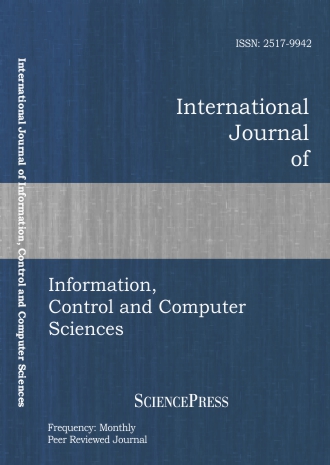
Scholarly
Volume:9, Issue: 8, 2015 Page No: 1906 - 1913
International Journal of Information, Control and Computer Sciences
ISSN: 2517-9942
956 Downloads
The Impact of Temporal Impairment on Quality of Experience (QoE) in Video Streaming: A No Reference (NR) Subjective and Objective Study
Live video streaming is one of the most widely used service among end users, yet it is a big challenge for the network operators in terms of quality. The only way to provide excellent Quality of Experience (QoE) to the end users is continuous monitoring of live video streaming. For this purpose, there are several objective algorithms available that monitor the quality of the video in a live stream. Subjective tests play a very important role in fine tuning the results of objective algorithms. As human perception is considered to be the most reliable source for assessing the quality of a video stream subjective tests are conducted in order to develop more reliable objective algorithms. Temporal impairments in a live video stream can have a negative impact on the end users. In this paper we have conducted subjective evaluation tests on a set of video sequences containing temporal impairment known as frame freezing. Frame Freezing is considered as a transmission error as well as a hardware error which can result in loss of video frames on the reception side of a transmission system. In our subjective tests, we have performed tests on videos that contain a single freezing event and also for videos that contain multiple freezing events. We have recorded our subjective test results for all the videos in order to give a comparison on the available No Reference (NR) objective algorithms. Finally, we have shown the performance of no reference algorithms used for objective evaluation of videos and suggested the algorithm that works better. The outcome of this study shows the importance of QoE and its effect on human perception. The results for the subjective evaluation can serve the purpose for validating objective algorithms.
References:
[1] Forecast, Cisco VNI. "Cisco Visual Networking Index: Global Mobile